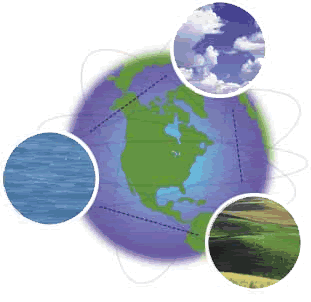1/Second stage
This is the base-catalyzed stage.
- 13. Heat the mixture to 55 deg C (131 deg F) and maintain for the whole reaction.
- 14. Add the second half of the prepared sodium methoxide to the heated mixture and start mixing at the same low speed of not more than 500 to 600 rpm.TAKE CARE when handling the sodium methoxide -- full safety precautions!
- 15. Optional: If your reactor allows for it, start draining glycerine by-product from the bottom 20-25 minutes after the start of the base stage. (Pump-mixing works best for this -- with pump or mixer, turn the motor off for a few minutes if necessary to allow the glycerine to settle.) Repeat every 10 minutes -- take care, the glycerine is quite hot and caustic! Set aside -- see step 18.
- 16. All users: Take regular samples in a 1" to 1.5" diam. glass container. Watch for a straw yellow colour of the ester portion. Glycerine (brown and sticky) will settle at the bottom of the jar. When this colour is reached (usually in 1.5-2.5 hours) turn the heat and mixer off. Instead of taking out samples to check the colour you could use translucent braided tubing for the pump.
- 17. Allow to settle for one hour.
- 18. Optional: For easier washing: Drain off the glycerine. Measure off 25% of the total glycerine (including previously drained glycerine if you followed step 15) and mix with 10 millilitres of 10% phosphoric acid (H3PO4) for each litre of oil/fat processed. The mixing can be done with a wooden spoon in a plastic container. Pour the acidified glycerine back into the reactor and stir for 20 minutes, unheated. Allow to settle for at least six hours and then drain the glycerine fraction completely.
- ***THIS IS IT. During the first stage, free fatty acids were esterified and some triglycerids were transesterified. The base-catalyzed stage does only transesterification, but it's much quicker and more complete.
2/Washing
- 19. Use the bubblewash method, but no need to monitor pH anymore. Just add a little 10% phosphoric acid (H3PO4) to the washing water first, 10 millilitres per gallon (2-3 ml/litre), just to be on the safe side -- I don't want ANY lye floating around my fuel pump.If you are curious about the results of your wash, use ordinary litmus paper, it will tell you the rough pH level (acidity/alkalinity). The end result should be neutral (pH7) or just below neutral.
- 20. Use one-third the volume of water as the amount of biodiesel to be washed. Make sure both the water and biodiesel are roughly the same (room) temperature. Pour your biodiesel into the vessel with the water, throw in the aquarium stone and start the air pump. Let it bubble for 24 hours minimum. Turn the pump off and let the mixture settle for half an hour. The water will fall to the bottom, turning completely white, and the fuel you made will be much lighter in colour now. Drain the water, repeat the procedure two more times. Remove the biodiesel from the vessel, taking care not to get any water with it.
- 21. Let the biodiesel stand for about three weeks and use only when it becomes crystal clear; take a sample in a large marmalade jar and wait until it is completely cleared. Put it on your window shelf and enjoy looking at it while it clarifies. (If you want quicker results, heat the biodiesel to 45 deg C, 113 deg F, and let it cool.)
- **NOTE: A deposit may form in the bottom during settling -- don't let it get in your fuel tank!
*Note: source from © Copyright Aleksander Kac, 2001. Patents pending


0 comments:
Post a Comment